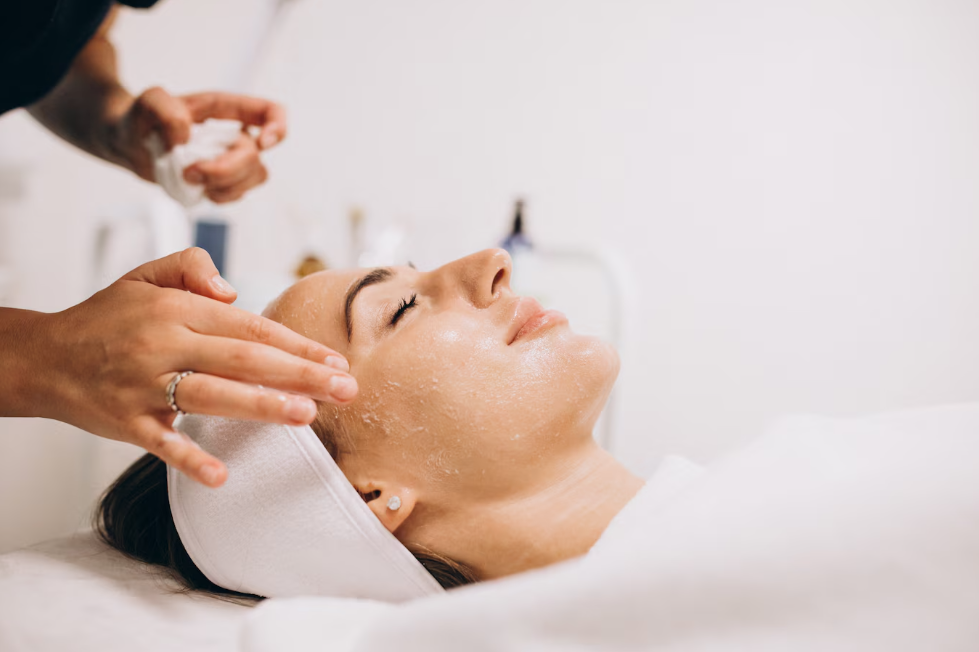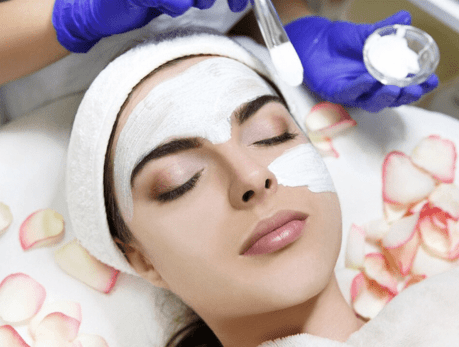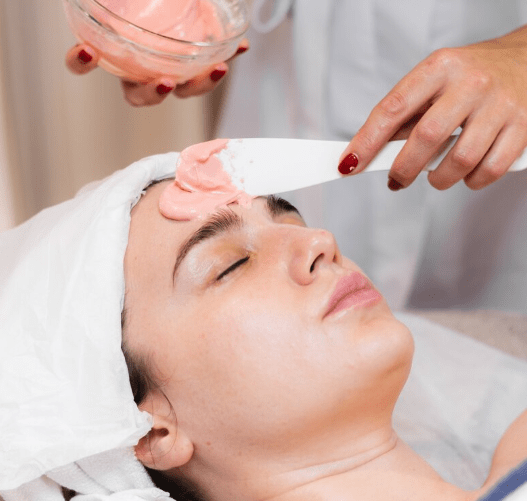The deep plane facelift is often considered the gold standard in facial rejuvenation because it doesn’t just treat the surface—it goes deeper to correct the underlying causes of facial aging. While traditional facelifts primarily pull and tighten the skin, the deep plane technique addresses the structural changes that occur beneath the skin over time.
Aging Happens Below the Surface
As we age, more than just the skin loses elasticity. The deep tissue layers, particularly the SMAS (Superficial Musculoaponeurotic System), ligaments, and fat pads, all begin to shift downward. This leads to hallmark signs of aging like:
- Flattened cheeks and hollow under-eyes
- Deep nasolabial folds (laugh lines)
- Jowls forming along the jawline
- Sagging skin on the neck
No amount of surface tightening can fully correct these changes. That’s where a deep tissue facelift excels. It directly targets these internal structures, lifting and repositioning them for a more natural lift that restores youthful facial contours from the inside out.
Releasing and Repositioning for a Natural Look
One of the key differences in a deep plane facelift is the release of facial ligaments. These ligaments tether the skin and deeper layers together. In order to achieve a smooth, tension-free lift, the surgeon carefully releases these attachments and repositions the entire facial unit—skin, fat, and muscle—as one. This approach:
- Avoids the stretched or over-pulled appearance
- Allows for more dramatic, yet natural results
- Improves blood supply to the tissues, promoting better healing
- Reduces the need for surface skin tightening, minimizing scars
The result is a rejuvenated appearance that reflects how you looked 10 to 15 years ago—not a surgically altered version of yourself.
Long-Lasting Results
Because the deep plane facelift works on the structural level, it offers longer-lasting results compared to more superficial techniques. While mini-lifts or skin-only procedures may show signs of relapse within a few years, deep plane facelifts typically maintain their results for 10–15 years or more, depending on the patient’s lifestyle and aging process.
Patients often find that this procedure gives them a refreshed, rested appearance—as though they’ve returned from a long vacation or simply aged gracefully. The natural lift it creates blends seamlessly with the rest of the face, avoiding telltale signs of cosmetic work.




